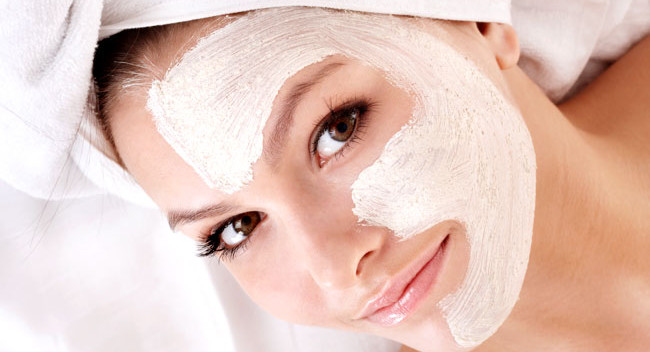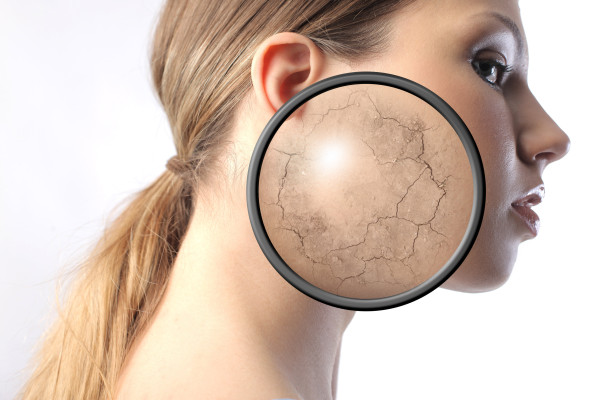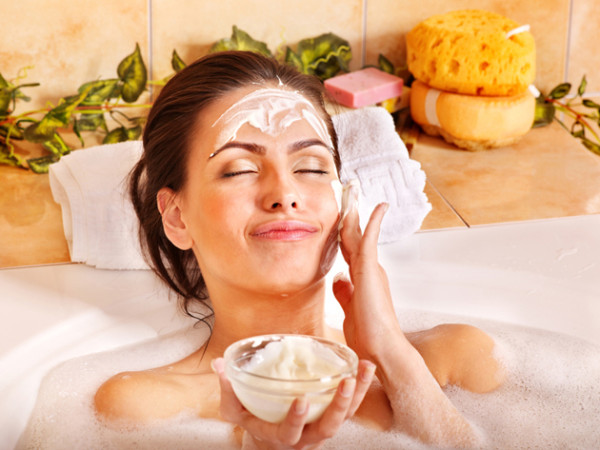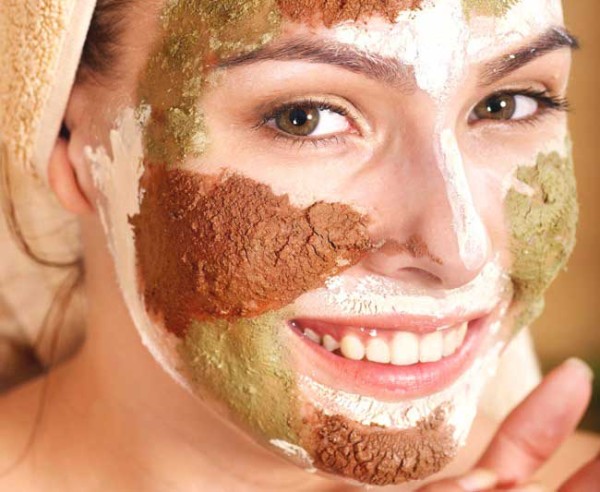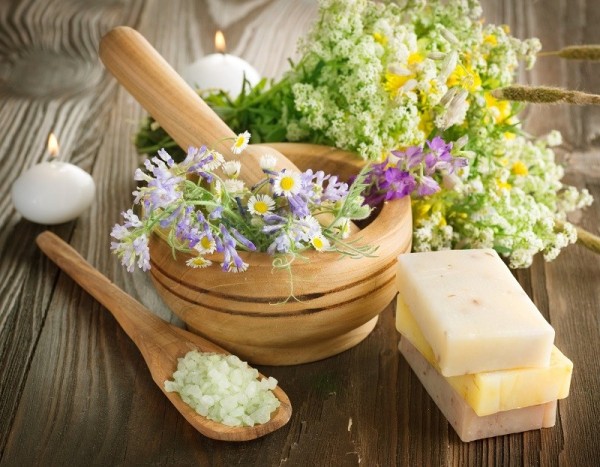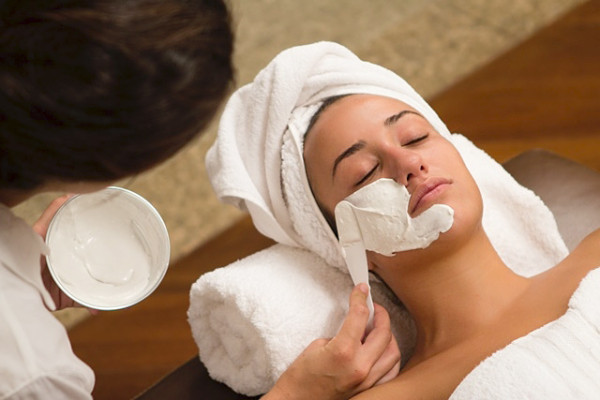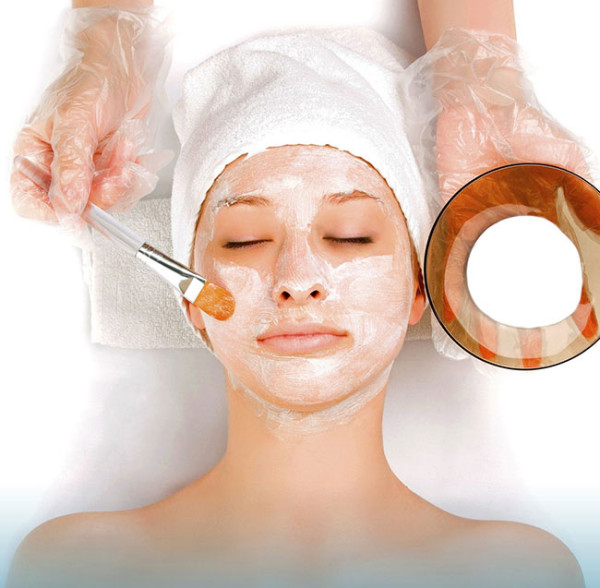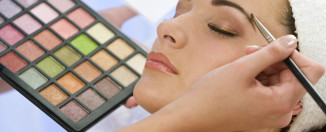How to make a face mask: a step-by-step description with a photo
Face masks can relieve you of many imperfections in your appearance, for example: wrinkles, pimples, acne and more. This article will discuss the various nuances that women may encounter when they want to please their face with masks.
Content
- How often can face masks be done?
- What face masks can you do every day
- What is the best time to do face masks
- What masks need to be done for the face
- How to make face masks at home
- How often to do alginate face masks
- Is it possible for a pregnant woman to make face masks
- After the mask, my face turned red, what to do
How often can face masks be done?
Each skin is unique in its own way, so you can't say for sure how often you can use masks without first knowing what type of skin yours is. If you correctly identify your oily skin, dry or normal, then the positive effect of the masks can be obtained much faster.
Oily skin
If you notice the appearance of shine on your face during the day, you can conclude that you are the owner of an oily skin type. Your pores secrete a fairly large amount of sebum, so it is worth reducing the portions of nourishing and moisturizing masks to one or two per week, also anti-aging, as oily skin slowly ages. This type is prone to a large appearance of acne and blackheads, spend at least twice a week on cleansing procedures.
Dry skin
Peeling of the face is the most prominent symptom of dry skin. Representatives of this type should pay special attention to nourishing and moisturizing masks, at least three times a week. You should be very careful about cleaning the epidermis, avoid masks with a scrub effect.
Combination skin
This type requires much more care, because it can be called a hybrid that combines all other types of skin. Use nourishing, cleansing and moisturizing masks.
Sensitive skin
Owners of this type of skin are allowed to make masks regularly, but not often, so as not to cause allergies or redness. Cleansing procedures are contraindicated for this type.
Problem skin
Cleansing masks are great for problem skin and can be used at least twice a week. Do not forget about moisturizing procedures, twice a week will be enough.
What face masks can you do every day
All masks are divided into four types:
- nutritious;
- moisturizing;
- anti-aging;
- cleansing.
Before buying, pay attention to the composition. Masks with active substances, for example: anti-aging, tightening and healing, should be used much less often than others. But if you use masks every day with a certain frequency, then the skin will only be grateful to you, because for her it is like oxygen for you.
What is the best time to do face masks
The epidermis has its own biorhythm, so determine in advance the time at which you plan to carry out the procedure.
- From eight to ten in the morning, the face is open and ready for recovery.
- In the afternoon, it is advisable to abandon any procedures.
- After 6 pm, the skin is ready for the treatment again.
What masks need to be done for the face
As mentioned in the article, there are four main types of masks: nourishing, moisturizing, rejuvenating, and cleansing. Depending on what effect you subsequently want to achieve and will influence the choice masks.
Moisturizing mask
Suitable for dry, sensitive and combination skin. Many unfavorable factors affect the skin of the face, for example, wind or sun. Therefore use moisturizing masks for the face is necessary.
Rejuvenating mask
Every woman strives to stay young. Helps maintain skin tone rejuvenating mask... It is recommended to make such masks regularly, this will prevent the appearance of unwanted wrinkles.
Nourishing mask
These masks will help get rid of flaky skin. Also, regular use will keep the skin toned.
Purifying mask
Clay is the main ingredient in cleansing masks. After the procedures, the pores open and the effect can be observed after two weeks.
How to make face masks at home
In order for self-made masks to be useful, you need to adhere to several rules:
- cleanse your skin before starting the procedure;
- steam your face using a steam bath;
- for effectiveness, masks should be done in courses, for example, twice a week for a duration of one to two months;
- avoid the area around the eyes and mouth;
- apply the mask with pre-washed hands or with a clean brush;
- do not overexpose the mask (15-20 minutes is recommended), this does not affect the result;
- after application, it is advisable to exclude conversations;
- after the end of the procedure, carefully remove the mask;
- do not use a towel, the skin must absorb the right amount of moisture by itself.
You can make an unlimited number of face masks at home, here are a couple of recipes that will have a positive effect on your skin.
Nut mask
Peel the walnuts, grind and add one teaspoon of honey and a tablespoon of cream. Apply on face for ten to fifteen minutes, then rinse thoroughly with water.
Chamomile mask
Grind the yolk, add vegetable oil and one spoonful of chamomile extract to it.
How often to do alginate face masks
The main uniqueness of alginate masks is that they are suitable for all skin types. The main element in the composition is alginic acid, thanks to which they got this name. There are five types of alginate masks:
- basic (without additional admixtures);
- with collagen;
- with chitosan (the composition contains moisturizers, after application, the lifting effect is noticeable);
- with vitamin C (serve to even out skin tone);
- with the addition of herbal extracts.
Apply the mask and leave on the face for thirty minutes, then it can be easily removed without the intervention of water. You will be able to observe the result after the first procedure. For the best effect, it is worth taking a course: from one to four procedures per week. Masks do not cause allergies and have a positive effect on the skin of the face.
Is it possible for a pregnant woman to make face masks
During pregnancy, most women undergo hormonal changes that lead to problems with the skin of the face... It will be better if you give preference to natural masks that you can make at home with your own hands.
Sour cream mask
Mix 100 g of sour cream with egg white, chop the lemon peel and add one teaspoon of vegetable oil to all this, then mix everything thoroughly. Leave it on your face until it dries completely, and wash off with a decoction of parsley.
Mint mask
Dissolve mint with water and apply to face using a cotton pad. Moisten the skin with water in advance.
Black bread mask
Grind a small piece of brown bread and add warm water. Spread the resulting gruel over your face. Leave to dry completely and wash off with warm water.
After the mask, my face turned red, what to do
Unfortunately, women may face an undesirable result after using the mask - facial redness. There are several reasons that can cause this.
Allergy
This option should not be denied, even if you have never had any allergic reactions before.
Features of the mask
Some masks cause facial redness and this is normal, after a while it will go away and the skin will return to its natural color.
Skin irritation
Some of the components included in the mask can slightly damage the skin from here and redness appears.
Dirty hands or face
This can cause small particles of dirt to enter the opened pores, resulting in irritation and redness.
You can remove redness with a decoction of chamomile or parsley. In the morning and evening, wash your face with the solution until your face takes on a natural color. Also, a mask with the participation of parsley will help you cope with the trouble. The greens need to be finely chopped and mixed with one tablespoon of sour cream. Apply for 15 minutes.
If redness cannot be removed for a long time, consult a doctor.
